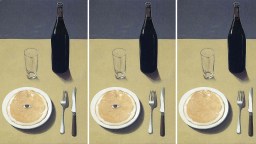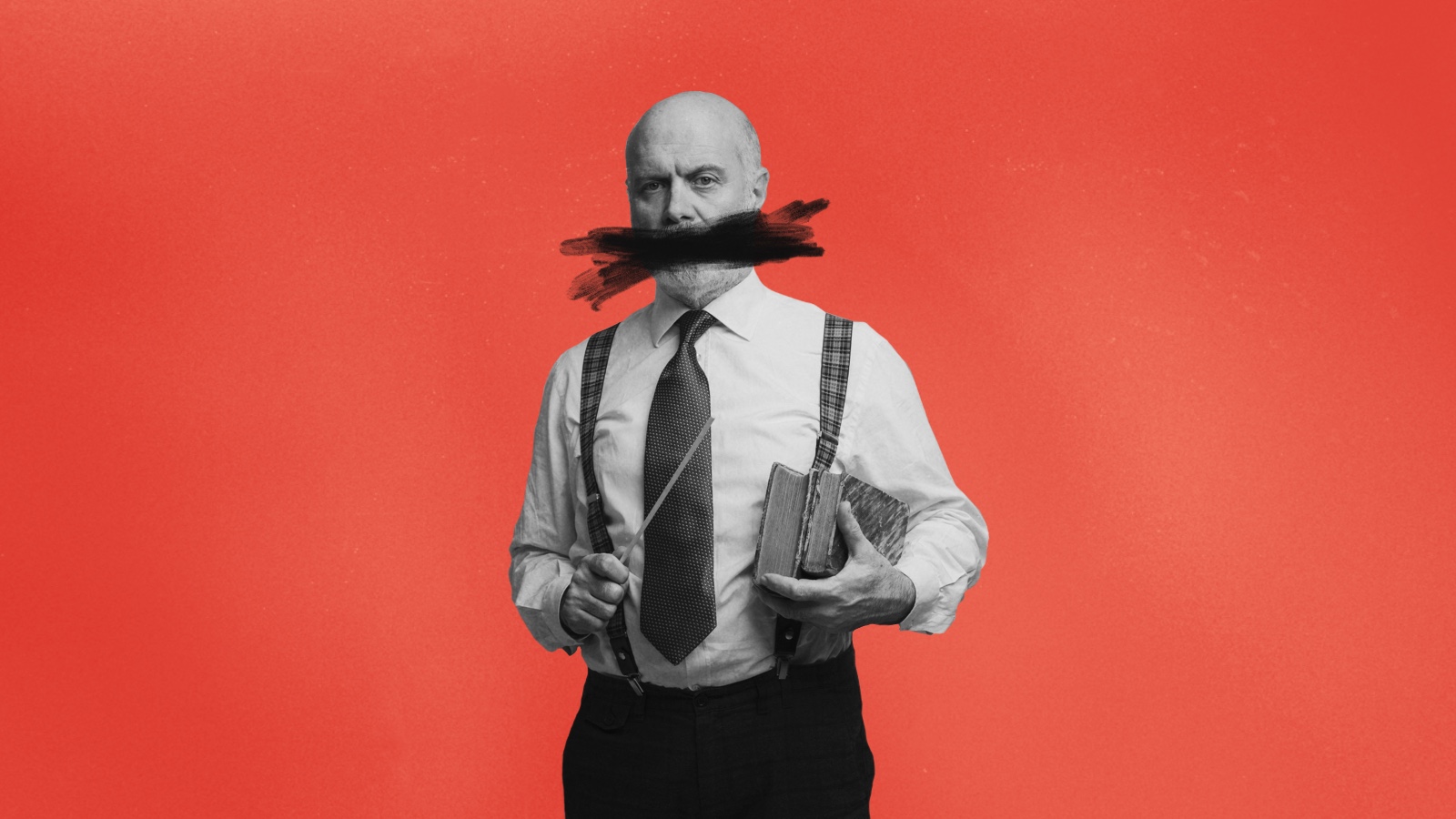Amy Herman created and conducts all sessions of ‘The Art of Perception’, an education program that was initially used to help medical students improve their observation skills. Often in diagnostics, you’re not looking for what you can see, but what you can’t – this is called the ‘pertinent negative’. The same goes for investigations, and so the program was adapted for the New York City Police Department, and other intelligence agencies. Really, Herman says, it’s about fine-tuning something we take as a given: our visual intelligence. This refers to the concept that we see more than we can possibly process. What we register is just a fraction of the world around us, so how can we see more? Like any other skill or muscle, to get the most and best use out of it, it needs training.
According to Herman, we need to think more consciously about what we see and deliberately take information in so that we can do our jobs more effectively and live our lives more purposefully. To that end, she runs us through a building block of ‘The Art of Perception’ course: The Four A’s.
Tune into the video above for four practical steps to make more perceptive and informed decisions. Amy Herman is the author of Visual Intelligence:Sharpen Your Perception, Change Your Life.
Amy Herman: Visual intelligence is the concept that we see more than we can process and it's the idea of thinking about what we see, taking in the information and [asking] what do we really need to live our lives more purposefully and do our jobs more effectively? I work across the professional spectrum. So I work with police officers and intelligence analysts and doctors and nurses and librarians, but what's interesting for me is that the four A's are applicable to all of that. And what they are is any new situation, any new problem, any new client, any new transaction, any new environment that you're in you practice the four A's.
The first one is: you assess your situation. What do I have in front of me? What information is here? I want people to go beyond the four corners of what they think they see. So this is what's in front of me; this is where I am. Ask someone. This is my situation; here's where I am; this is what I see. Is there something here I might be missing? Because by asking someone else we realize that no two people see anything the same way. So, of course, that doesn't work all the time but if you're in an office situation, if you're in a medical situation and you have the opportunity to collaborate, you get the biggest picture of your assessment if you ask other people what they see as well.
The second step is to analyze the information. That's where you break it down and you say: what's important? What do I need to prioritize? What's most important? And what don't I really have to worry about at all? I find that when you make a mental list in your head: "Okay here's my situation" and you divide it into categories: information I need, information I might need, and information I definitely don't need. And for the information that you definitely don't need put it away because our brains are so cluttered with so much information that if you can from the outset get rid of some information do it, but keep that middle category information that you might need because you might have to draw on it when you don't realize that it's important. It could become more important as the process goes on.
The third A, I think, is actually the most important. It's how you articulate what you observe. Whether you send an email, whether you pick up the phone, whether you tell a colleague, whether you write it down, the idea of putting into words what your observations are is the most important because I tell all my groups I don't know why this is but something gets lost from here to here to here. Our brains and our eyes see something but when it comes to articulating those observations, whether it's poor choice of words or an inability to communicate effectively there's a real loss that I'm trying to redress. I ask people to be mindful of every word. Every word counts. And an example that I can give you that I give in the book was the investigation of the murder of Chandra Levy in Washington DC back in 2001. When the instruction was given to look for the body, the instruction was to 'look 100 yards from every trail in the park where she disappeared', but when the instruction was repeated they said 'look 100 yards from every road in the park'. Now the change of one word from trail to road changed the whole scope of the investigation. So in that third A, in that articulating what you observe, I ask people be mindful of every word because someone is listening and every word counts.
And the fourth A is after you've assessed, analyzed and articulated what it is that you observe you adapt your behavior or you make a decision or as I like to say you act. You take all that information then you make a judgment call based on those three other elements. I want people to act according to their observations so if you're ever questioned about why you made a certain decision, why did you take a certain road, why did you solve a problem this way, you're able to go back to the other A's and say 'Well I thought the situation was this. This was the information I thought was important. I perceived this therefore I made this decision.' Give yourself the tools to back up the decisions you make so that when your questioned about your decisions you have all the information you need to make a thoughtful purposeful and objective assessment of why you made the decision.






